Speaking at the "Building New Rural Areas 2021-2025: Achievements from policies, strength from the community" organized by Dan Tri newspaper in collaboration with the Department of Youth Affairs and Gender Equality, Mr. Pham Ngoc Toan - Director of the Information Center said that one of the important milestones of the 2021-2025 rural development period is the change in the thinking of rural tourism development, shifting from "doing for the people" to "doing for the people".
According to Mr. Toan, people today are not only beneficiaries but have become subjects, directly deciding and implementing local tourism projects, with support from the government.
“This helps the program to be more closely linked to practical needs, promoting the internal strength and characteristics of each region,” he emphasized.

Tourists visit Trang An world heritage site, Ninh Binh (Photo: Thai Ba).
This transformation is clearly demonstrated through agricultural tourism models associated with sustainable development, typically the “One Commune One Product” (OCOP) program. Many models have proven effective in diversifying revenue sources, creating jobs, increasing income and economic value for people.
Sharing more about typical models, Mr. Tran Xuan Hien - Deputy Director of the Department of Youth Affairs and Gender Equality, Ministry of Home Affairs said that many localities have promoted their own strengths in agricultural and rural tourism such as:
In Ninh Binh, agricultural and rural tourism is becoming a prominent trend, connecting cultural and historical values with traditional agricultural life. With the advantage of majestic natural landscapes and a dense system of relics, many localities such as Hoa Lu, Gia Vien, Yen Mo, Nho Quan have developed a community tourism model combined with agricultural experiences, attracting a large number of domestic and foreign tourists.
Coming to Ninh Binh, tourists can cycle through green rice fields, visit ancient relics such as King Dinh - King Le temple, Hoa Lu ancient capital, or visit traditional craft villages such as Gia Thuy pottery village, Kim Son sedge village to make pottery, weave mats, and make hats.
Many tours also take visitors to the community tourism villages of Trang An and Bich Dong, where locals open homestays and family restaurants, serving specialties such as burnt rice and mountain goat...
The special feature of this model is the active participation of the people - they are both tour guides and preservers and tellers of the cultural stories of their homeland. Tourists not only immerse themselves in rural life, but also feel the sincerity and simplicity through each meal, story and smile of the people.
Thanks to that, Ninh Binh rural agricultural tourism not only brings authentic and close experiences, but also contributes to preserving indigenous culture, diversifying livelihoods and promoting sustainable economic development for the countryside here.
Or community tourism associated with transport and information infrastructure in Dong Thap and Dong Nai.
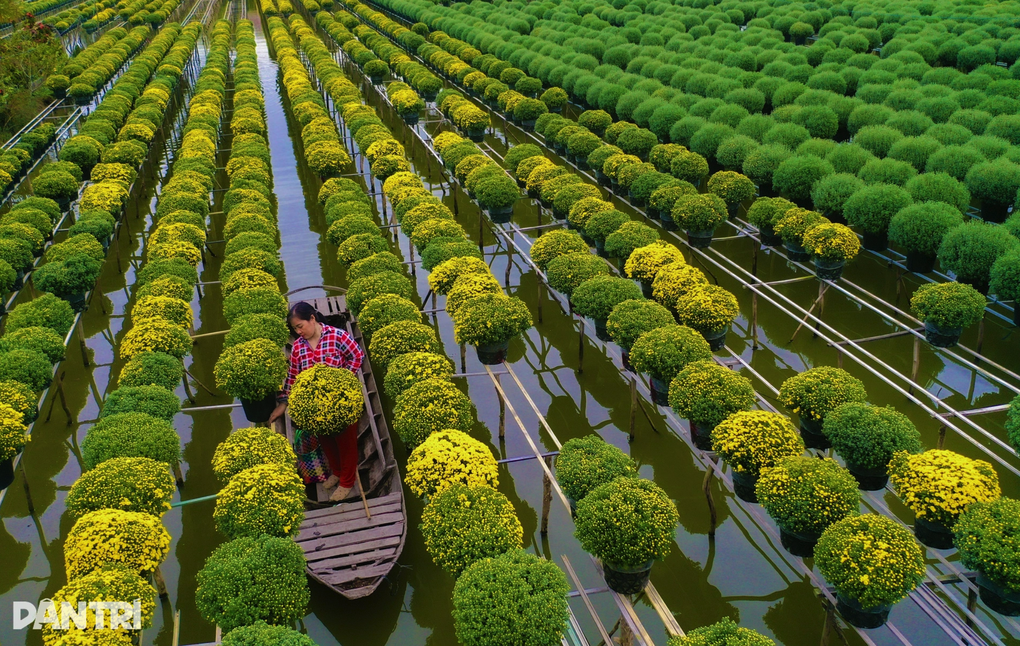
Sa Dec flower village, Dong Thap, attracts many tourists to visit and take photos (Photo: Hai Long).
In Dong Thap, eco-tours associated with agriculture such as lotus harvesting, rowing boats in cajuput forests... attract tens of thousands of visitors each year. Here, the locals are both tour guides and hosts, directly telling stories about their homeland - something that makes visitors feel a closeness and intimacy that is rarely found anywhere else.
Especially from the 9th lunar month, in Thap Muoi commune (Dong Thap), visitors coming here will be able to immerse themselves in typical activities of the flood season such as "bathing in the fields", visiting nets, setting traps for linh fish, or rowing boats to pick sesbania flowers, unique experiences only available in the West.
Ecotourism areas have recorded a sudden increase in the number of visitors on weekends. Mr. Nguyen Ngoc Hon, representative of Dong Sen Go Thap ecotourism area, said that since the beginning of the 9th lunar month, the area has welcomed thousands of visitors, with an average of 500-600 people each weekend.
The flood season is also an opportunity for tourists to enjoy typical countryside dishes, made from freshwater fish such as linh fish, perch, loach, sac fish, long tong fish, freshwater shrimp, silver carp, he fish...
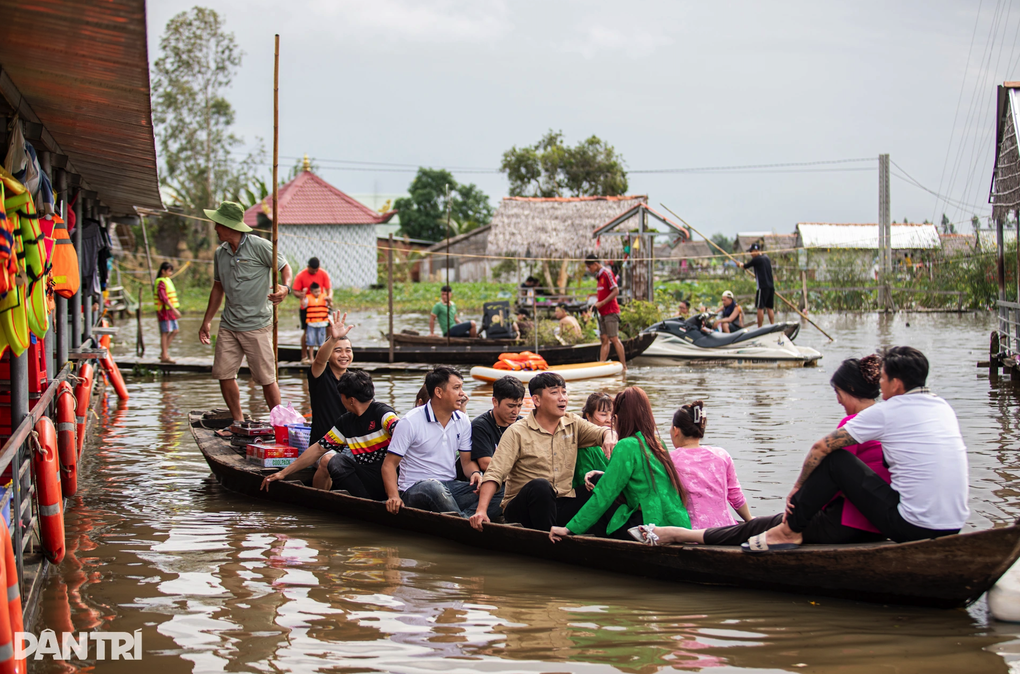
Tourists experience bathing in the flood season in Dong Thap (Photo: Bao Quyen).
In Dong Nai, rural tourism development is being oriented towards community tourism combined with high-tech agriculture, linked with environmental protection and sustainable development.
Many localities such as Long Thanh, Trang Bom, Xuan Loc, and Tan Phu have formed modern tourist farm models, attracting a large number of tourists, especially families and students, to visit and experience.
Tourists can visit clean vegetable farms, strawberry farms, orchid farms, mushroom farms, and high-tech fruit farms; be guided through the process of planting, caring for, harvesting and enjoying the produce on the spot. Some models also combine homestays and local cuisine, creating an interesting “farmer for a day” experience, both learning and playing.
In addition, many OCOP products such as wild honey, coffee, rambutan, and Tan Trieu grapefruit are also promoted in tourism tours, contributing to enhancing the value of local brands.
Not only bringing economic benefits, these tourism models also help people change their production mindset, moving towards green agriculture - green tourism, creating stable jobs and arousing the spirit of ownership in new rural development.
“Previously, the State did it and the people participated. In the later stage, the people did it and the State supported. This change creates sustainable momentum, helping the program go deeper and be more practical,” said Mr. Hien.
In addition to changes in thinking, policies also play an important role in promoting rural tourism. Resolutions and decisions such as Resolution 19 of the Party Central Committee and Decision 263/2022 of the Prime Minister have created a solid legal foundation, helping to mobilize resources and provide clear implementation directions.
Thanks to the synchronization between policies, infrastructure and people's creativity, rural tourism in Vietnam is becoming a sustainable direction - both preserving culture and landscape, creating stable livelihoods and pride for local communities, contributing to realizing the goal of building advanced new rural areas in the coming period.
Source: https://dantri.com.vn/du-lich/chuyen-tu-duy-cho-dan-lam-huong-di-moi-giup-du-lich-nong-thon-ben-vung-20251113123051011.htm


![[Photo] Unique art of painting Tuong masks](https://vphoto.vietnam.vn/thumb/1200x675/vietnam/resource/IMAGE/2025/11/14/1763094089301_ndo_br_1-jpg.webp)
![[Photo] Unique architecture of the deepest metro station in France](https://vphoto.vietnam.vn/thumb/1200x675/vietnam/resource/IMAGE/2025/11/14/1763107592365_ga-sau-nhat-nuoc-phap-duy-1-6403-jpg.webp)






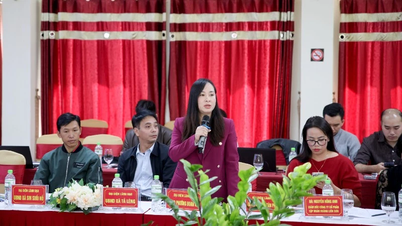










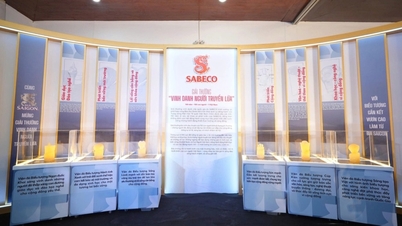





![[Photo] Special class in Tra Linh](https://vphoto.vietnam.vn/thumb/1200x675/vietnam/resource/IMAGE/2025/11/14/1763078485441_ndo_br_lop-hoc-7-jpg.webp)











































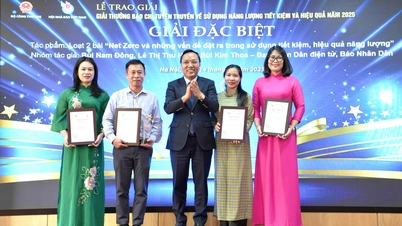

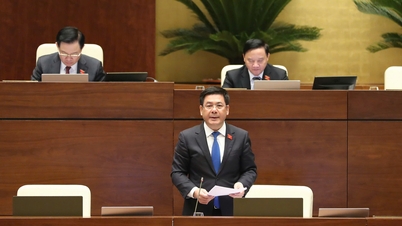

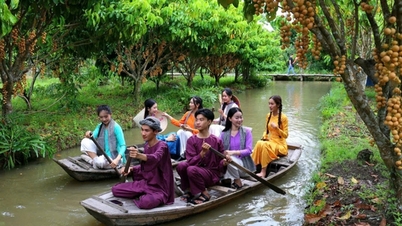









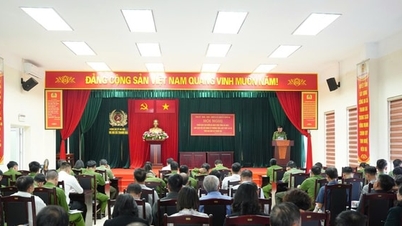

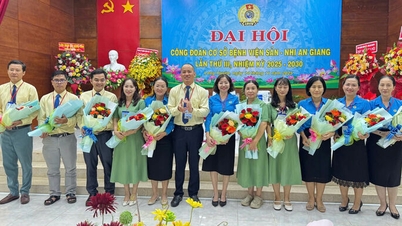













Comment (0)